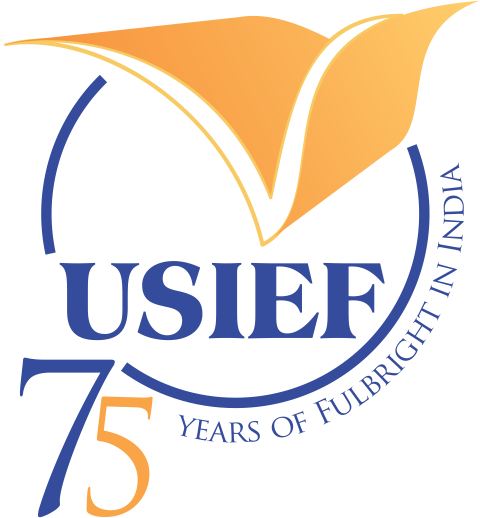Prof. Karen Daniels is a distinguished professor of physics at North Carolina State University. She received her BA in physics from Dartmouth College in 1994, taught middle and high school for several years, and then pursued a PhD in physics from Cornell University. After receiving her doctorate in 2002, she moved to North Carolina to do research at Duke University and then joined the faculty at NC State in 2005. In 2011–2012, she received an Alexander von Humboldt fellowship which allowed her to spend the year conducting research at the Max Planck Institute for Dynamics and Self-Organization in Göttingen, Germany. She has served as chair of the American Physical Society Division on Soft Matter, and as divisional associate editor for Physical Review Letters, and currently serves on the editorial board of the Annual Reviews of Condensed Matter Physics. She is also a fellow of the American Physical Society and of the American Association for the Advancement of Science.
Her main research interests center around experiments on the non-equilibrium and nonlinear dynamics of granular materials, fluids, and gels. These experiments have allowed her lab to address questions of how failure occurs, how non-trivial patterns arise, and what controls the transitions between different types of flows or material properties. When not working with her students on experiments in the lab, Prof. Daniels likes to spend time in the outdoors, which leads her to contemplate on the implications of her research for geological and ecological systems. In her work, she has often idealized systems to provide insights into industrial and natural processes of interest to engineers and earth scientists.
In her Fulbright-Nehru fellowship, Prof. Daniels is collaborating with scientists and engineers – both at the Indian Institute of Science (IISc) and beyond – on the mechanics of granular materials, a class of materials such as soils, agricultural grains, and pharmaceutical powders which exhibit both solid-like and liquid-like behaviors. Her aims are to investigate the regime near the transition in those behaviors; develop new experiments which quantify the mechanisms through which the inclusion of rigid fibers modifies the material’s strength; and make flow predictions through both statistical and continuum models. In teaching IISc students, she is developing open-source teaching materials with a focus on experimental methods.

